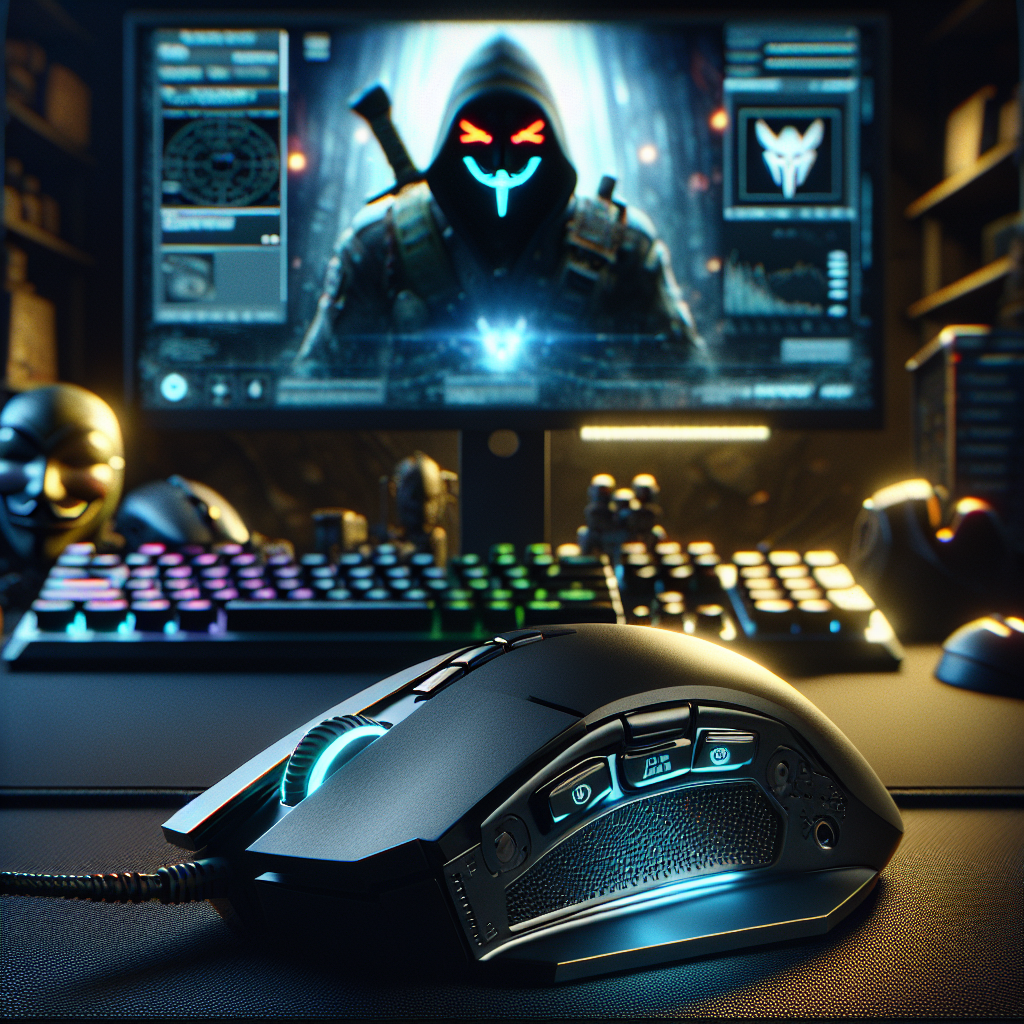Choosing the right gaming mouse can make a significant difference in your gaming experience. With the plethora of options available in the market, understanding what features to look for can help you make an informed decision. In this article, we’ll discuss the essential features to consider when selecting a gaming mouse.
Key Features of a Gaming Mouse
| Feature | Description |
|---|---|
| Sensor Type | Optical or Laser: Determines accuracy and sensitivity. |
| DPI (Dots Per Inch) | Measures sensitivity: The higher the DPI, the more sensitive the mouse. |
| Polling Rate | Frequency of data transfer to the computer: Higher rates reduce lag. |
| Button Customization | Programmable buttons for personalized control. |
| Ergonomics | Comfortable design suitable for long gaming sessions. |
| Weight | Adjustable weights for balance and comfort. |
| Build Quality | Durability to withstand extensive use. |
1. Sensor Type
The sensor is the heart of your gaming mouse. Modern gaming mice come with either an optical or laser sensor. Optical sensors are often preferred for their accuracy and reliability on various surfaces, while laser sensors can offer higher sensitivity and are usable on more surface types, including glass. Choose the sensor type based on your playing environment and preference for precision.
2. DPI (Dots Per Inch)
DPI measures the sensitivity of the mouse. Higher DPI means the cursor moves farther with less physical movement of the mouse. A gaming mouse typically offers adjustable DPI settings, allowing you to switch between high and low sensitivity depending on the game you are playing. For fast-paced shooters, a higher DPI might be beneficial, while for precise tasks, lower DPI is often preferred.
3. Polling Rate
The polling rate indicates how often your mouse reports its position to your computer. Measured in Hertz (Hz), standard mice usually operate at 125Hz, but gaming mice can go up to 1000Hz. A higher polling rate translates to reduced lag and a smoother experience, which is crucial in competitive gaming.
4. Button Customization
Gaming mice often come with additional programmable buttons. These buttons can be customized to perform various in-game actions or macros, providing you with a competitive edge. Having customizable buttons can reduce the need to switch to the keyboard, thus improving your reaction time.
5. Ergonomics
Ergonomics play a vital role in ensuring comfort during extended gaming sessions. Gaming mice come in various shapes and sizes to accommodate different grip styles such as palm, claw, or fingertip grip. Ensuring that the mouse feels comfortable in your hand will help reduce fatigue and improve performance.
6. Weight
Weight can impact your control over the mouse. Some gaming mice offer adjustable weights, allowing you to fine-tune the balance to your liking. Lighter mice generally allow for faster, more agile movements, while heavier mice can provide more control and precision.
7. Build Quality
Durability is another critical feature. Gaming mice are subject to intense use, and a well-built mouse ensures longevity. Look for a high-quality build with sturdy buttons that can withstand millions of clicks. Some mice also feature braided cables that are less prone to wear and tear.
Conclusion
When choosing a gaming mouse, it’s essential to consider features that align with your gaming style and preferences. Whether it’s the type of sensor, the DPI range, the polling rate, or the ergonomics, each feature plays a significant role in enhancing your gaming performance. Take your time to test different mice and choose the one that feels right for you. Happy gaming!

